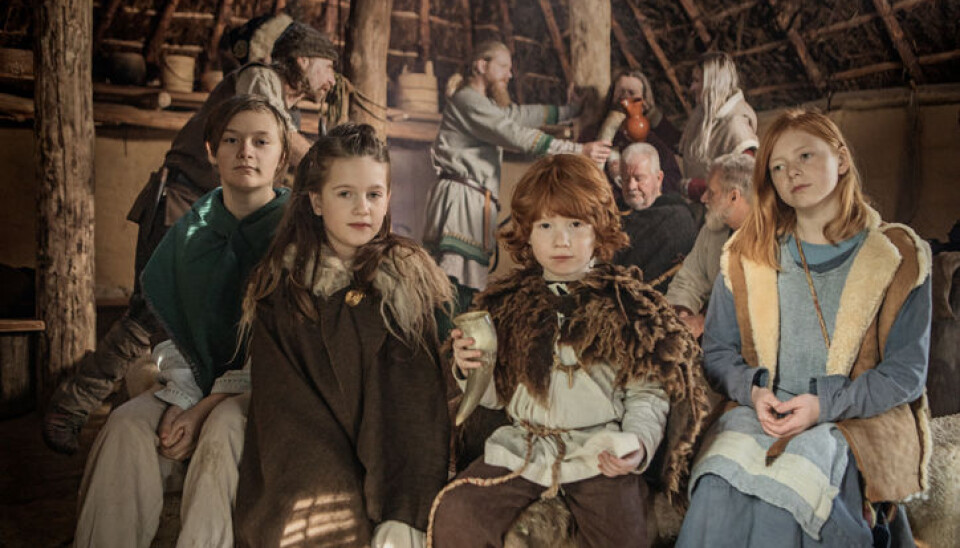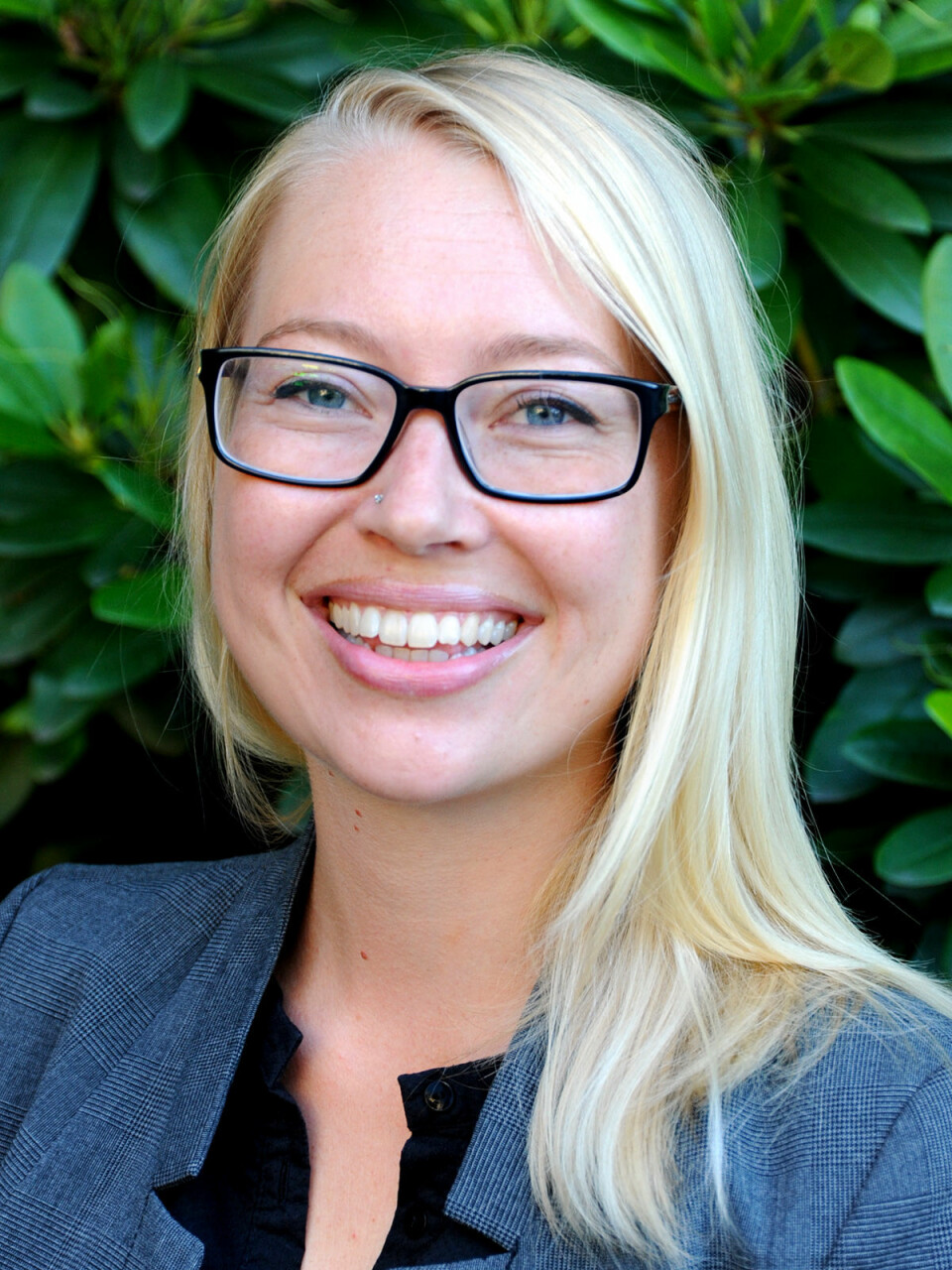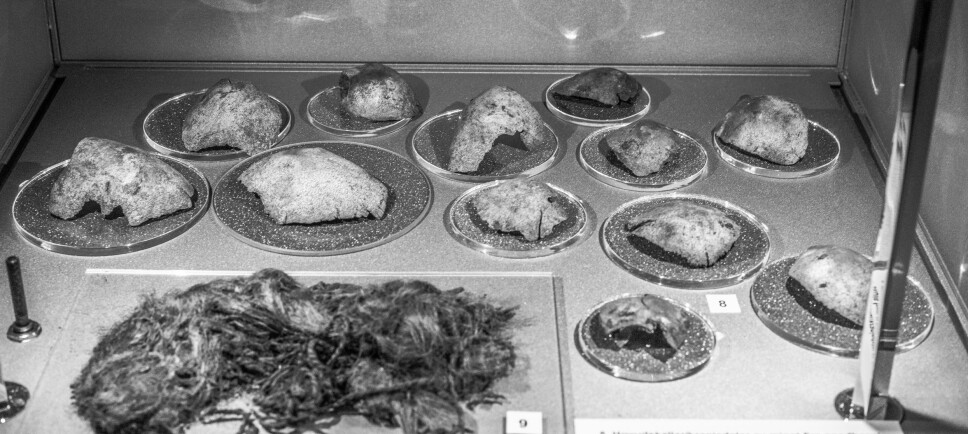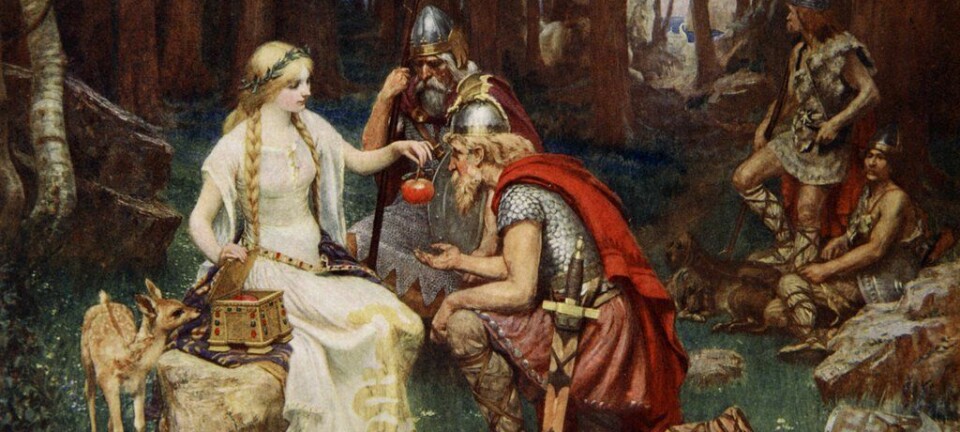
Viking children practiced with swords and quickly grew up to become adults
They grew up playing with swords, and were adult at puberty. Here's what we know about the life of a Viking child.
“We still know very little about what it was like to be a Viking child”, says archaeologist Marianne Hem Eriksen.
She researches the topic of children and childhood between year 0 until 1050 CE, meaning the Iron and Viking ages.
Archaeologists have generally been more interested in wars and kings and power, at least up until the most recent decades.
The written sources that we have are also mostly written by clergymen in the 13th and 14th century.
“Children’s and women’s life experiences are pretty poorly presented in that material”, the archaeologist notes.
They are also underrepresented in the archeological material from the first millennium. Despite some sensational findings of females in graves, for instance buried with the famous Oseberg ship in Norway, men are overrepresented in burials.
It’s not that Viking ships and the like aren’t interesting or important. Just last week Eriksen was supposed to have been digging away at the Gjellestad ship excavation, Norway’s first excavation of a Viking ship in 100 years.
But children are important too.
“How children live and how they are treated has a bearing on the societies they inhabit”, Eriksen says to sciencenorway.no.
“We have to focus on everyday life as well. The little things. Viking ship findings like the Gjellestad ship are important for our world heritage and it’s a very exciting happening. I’m happy that we have found that ship. But I don’t think we should let the richest ‘one-percenters’, the Vikings and Iron Age elites, define the whole period”.

Adult at puberty, dead at 40
Children of this age were likely viewed as adults at what we today would deem an early age. Children became adults when they hit puberty. For women, this would probably coincide with their first menstruation.
“At this age they could get married and have children. But not everyone could marry freely”, says Eriksen.
The children quickly grew into adults. But then they also lived rather short lives.
“At most perhaps they would reach the age of 35, or even 40. I just turned 35, so I would have been a really old lady in the Viking age”, says Hem Eriksen.
The calculations of this average age come from a Danish study based on analyses of bones from the time, particularly those found in Jylland in Denmark. The bones there are far better preserved than the ones found in Norway, where different soil has done more damage.
Children born in Norway today can expect to live to be on average 82 years old. More than twice as long as the average Viking, that is.
Viking toys
There are some traces of children from the Viking age.
“We have found wooden boats and wooden horses which we believe were toys”, Eriksen says.
Archaeologists have also found small wooden swords.
“They might have been play-swords”, says Eriksen.
Archaeologists also argue that they may have been swords for practice.
“These were violent societies, and children have probably witnessed a lot of violence. They might have been trained to be able to fight by the adults, which would be handy during war.”
Many children probably also had to work hard, at the farms for instance.
“As we know if we look at the industrial societies of the 19th century, childhood was something completely different then compared to today”, she says.
“And just as in industrial societies, and today for that matter, what it meant to be a child in the Viking Age would have varied enormously with your family’s social and financial background”.
Video of a wooden viking boat toy made by the Norwegian University of Science and Technology (NTNU).
Mum, dad, slaves and concubines
A Viking child also would not have grown up in a typical nuclear family consisting of mother, father and children. At least not judging from the way houses were built at the time.
For her doctoral thesis, later published by Cambridge University Press, Eriksen collected all the material she could find that had to do with housing in the Viking Age.
Based on the sizes of the houses, their layout, different types of rooms, descriptions in written material and rune material, she calculated that the average household consisted of seven or eight people. The largest households however consisted of 30-40 people.
“This isn’t an exact science. But what emerges when you look at the material is a complex household that perhaps includes slaves, concubines, travelers, guests – which you were obliged to take in according to the laws of that time, workers and specialists who travelled from farm to farm to perform special tasks”, she says.

A dead baby to protect the house?
So what was the role of children in this mix of people and relations?
In another previous work, Eriksen has studied remnants from infants found in settlements and wetlands in Iron-Age and Viking Age Northern Europe. She collected material on 52 such infants and children, some placed in ditches, others deposited near fire pits or postholes inside houses. She uses the word deposit, as these children do not seem to have been buried as such.
“In our day and age children are placed in the high seat, they are the center of attention”, says the archaeologist.
“But it hasn’t always been that way, and reality is usually complex and messy”.
The title of her study on the topic asks the provocative question “Don’t all mothers love their children?”
“What I’m trying to do is keep the answer to that question open. We obviously can’t look into these people’s heads. Some of these children could have been stillborn, some perhaps were born too early or died of sudden infant death syndrome. Some were perhaps victims of infanticide. It’s hard to know”.
Infanticide was not made illegal until the middle ages, after Christianity took hold in Scandinavia.
“These kinds of laws don’t just appear; they exist because there is a need for them. And when we look at studies of infanticide in the world – historically and contemporary, it’s not an unusual phenomenon. People live tough lives, with scarce resources. It’s hard to take care of all the children who grow up, and not all societies have access to the safe, medical reproductive technologies we do”.
Whereas previous archaeological theories on this topic have interpreted the dead infants inside houses or on settlements as mothers wanting to keep their dead babies close, Eriksen suggests a different explanation.
“It could be that infants and children in these societies are not quite recognized as fully human, rather they take on the form of an object, until they at some point become persons. I don’t doubt the strength of a mother’s love for her children. But when you read anthropology on childhood and infanticide, you realize there’s more to it than that.”
In her studies of houses, Eriksen has found that people would deposit things in their homes that would protect the house or lead to prosperity.
This could be items made of silver and gold if you were wealthy, or grain, a knife, other tools. And perhaps a dead baby, Eriksen suggests.

Not a treasure hunter
Eriksen was recently awarded a grant from the European Research Council for her research project “Body-Politics: Personhood, Sexuality, and Death in the Iron and Viking Ages”. With a team of archaeologists and text scholars, she will study bones, literature, legal texts and iconography to look for clues about what it was like to be a child, or rather what it was like to be a person, in the first millennium, during the Iron Age and the Viking Age.
One sub-project will also try to answer questions about sexuality, another under-researched topic according to Eriksen.
“People often ask me how it’s even possible to study these topics, when there is so little direct evidence and material to study. But we can’t hide behind the fact that there are few traces of children. This just means we have to be creative and study the material in different ways and combinations”, she says.
“Some people seem to think that archaeologists are treasure hunters. But we aren’t out there looking for shiny things. Regular things are also exciting, like toys from the Viking age. They can tell completely new stories”.
———

































